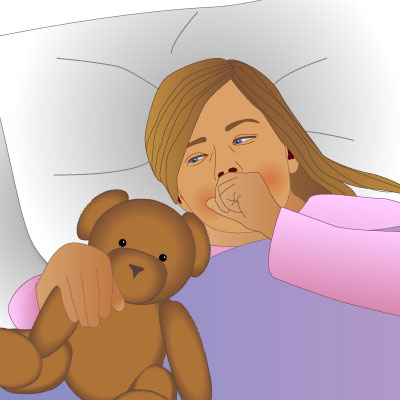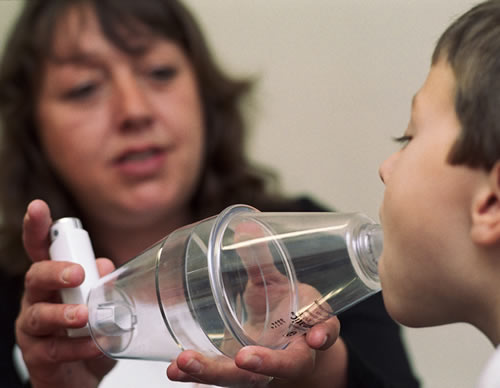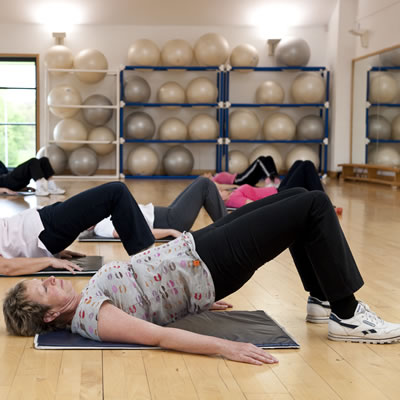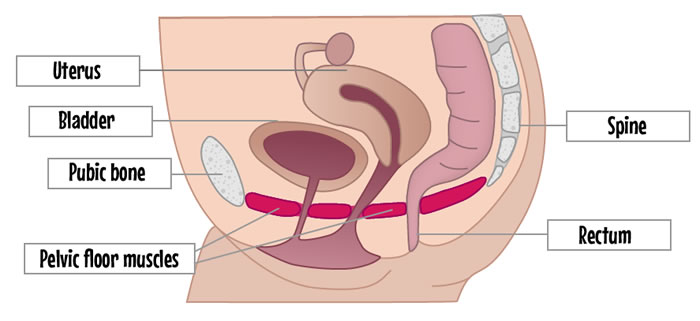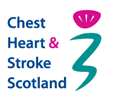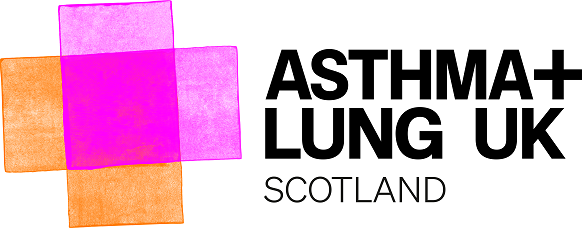Inhaler
All the evidence now supports early use of the blue reliever at this stage can stop a mild asthma flare up from becoming an asthma attack.
The advice on this website is not to be used instead of seeing your family doctor or going to the hospital.
The tricky bit is knowing when to ask for help. If you have any concerns get a medical opinion.
Important
If the 5 puffs of the blue reliever inhaler does not last for the full 4 hours, then this is what we class as an “Asthma Attack” – No matter how well you think your child looks. Get medical help urgently.


